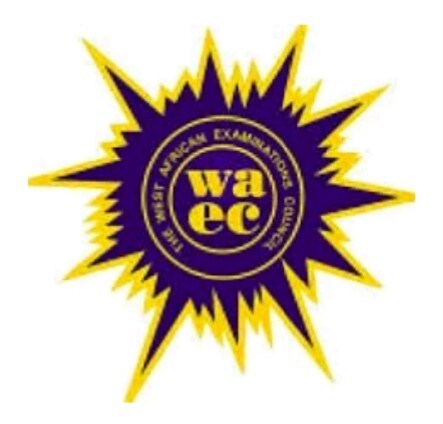Passing the practical examinations in WAEC (West African Examinations Council) or NECO (National Examinations Council) can be a challenge for many secondary school students.
Lack of well-equipped laboratories in schools often hinders students from performing well in practical sessions.
These practical exams hold significant weightage, accounting for thirty-five percent (35%) of the total examination score.
In this blog post, we will provide you with a comprehensive guide to excel in Physics, Chemistry, Biology, and Agricultural Science practical exams.
By following these steps, you can enhance your chances of success and achieve excellent results in your WAEC examinations.
Table of Contents:
- WAEC Practical Examinations
- Tips to Pass Your WAEC Practical Exam a. Study Practical Past Questions b. Prepare for the Practical Exam c. Fill Out your Biodata d. Read the Examination Instructions e. Begin with Easy Questions f. Stay Calm g. Plot your Graph with Accuracy h. Label your Diagrams i. Revise before Submission
- WAEC Physics Practicals a. Physics Practical Apparatus
- WAEC Chemistry Practicals
- WAEC Biology Practicals
- WAEC Agricultural Science Practicals
WAEC Practical Examinations:
The practical examinations conducted by WAEC or NECO are designed to evaluate students’ understanding of various analytical processes in subjects like Physics, Chemistry, Biology, and Agricultural Science. These practical exams carry a weightage of 35% towards the total examination score.
Tips to Pass Your WAEC Practical Exam:
- Study Practical Past Questions: Studying past questions is the secret to success in WAEC or NECO practical exams. Familiarize yourself with the format and types of questions asked in previous exams. WAEC and NECO tend to repeat the same practice questions, so practicing past questions will give you an idea of what to expect on the exam day.
- Prepare for the Practical Exam: Proper preparation is key to succeeding in the WAEC or NECO practical exams. Obtain the necessary past questions and gather the required apparatus for the examination. Attending tutorials organized by your school or external coaching centers can greatly aid in your preparation. These sessions will teach you various techniques and shortcuts to tackle the practical exams effectively.
- Fill Out your Biodata: Ensure you accurately fill out your biodata in the examination booklet and worksheet, including your name, examination number, and center. Many students lose marks due to negligence in filling out their correct biodata. Fill in your details before starting the examination to avoid any mistakes.
- Read the Examination Instructions: Carefully read and understand the instructions provided in the practical exam question booklet. These instructions guide you on the correct approach to answering the questions. Do not overlook the instructions and make sure to follow them diligently.
- Begin with Easy Questions: Start by answering the easy questions in the exam. This approach boosts your confidence and activates your brain, helping you recall information more effectively. Answering questions you know well at the beginning sets a positive momentum for the rest of the exam.
- Stay Calm: Maintain a calm and composed mindset throughout the examination. Panicking can lead to forgetfulness and hinder your ability to answer questions accurately. Practice deep breathing to stay calm and focused during the exam.
- Plot your Graph with Accuracy: In Physics practical exams, accuracy in plotting graphs is crucial. Learn how to calculate scales and plot graphs neatly. Follow these tips for accurate graph plotting:
- Represent your work in a tabular form when necessary.
- Ensure neatness in answers and calculations.
- Use three decimal places.
- Assign titles to your graphs.
- Indicate scaling on your graph sheet.
- Use sharp pencils for graph plotting.
- Label the X and Y-axis appropriately.
- Draw the line of best fit.
- Indicate intercepts and choose a suitable slope for your graph.
- Label your Diagrams: Proper identification and labeling of diagrams are essential in Biology practical exams. Use 2B and HB pencils to draw diagrams, label them horizontally, and ensure every diagram has appropriate labels. Keep your diagrams simple, avoid shading, and use a ruler to draw diagram label lines. Follow the recommended dimensions for diagrams.
- Revise before Submission: Take the time to revise your answer booklet before submission. This allows you to spot errors, make necessary corrections, and add any omitted information. Avoid rushing to finish the practical exams, as speed does not guarantee better scores. Review your work carefully and make necessary improvements.
Conclusion
By following these step-by-step tips, you can increase your chances of success in WAEC practical exams.
Remember to study past questions, adequately prepare, read instructions carefully, start with easy questions, stay calm, plot accurate graphs, label diagrams correctly, and revise your work before submission.
These strategies will help you excel in Physics, Chemistry, Biology, and Agricultural Science practical exams. Good luck with your WAEC examinations!






